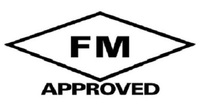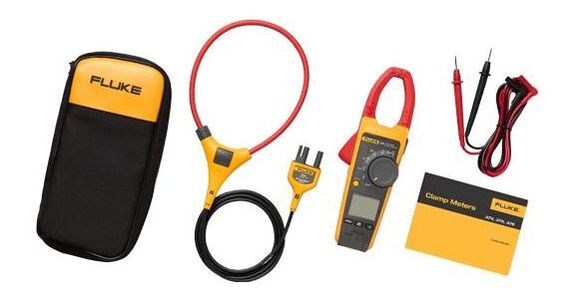By Products |
Fire Pump Controllers
|
|
Alarm Setter
Analog Panel Meter Battery Chargers Boiler Level Control Current & Power Guards & Controllers Dewpoint & Hygrometers Digital Panel Meter Digital Power/Multi-Function Meter Earth Fault Monitoring & Protection Fire Pump Controllers Frequency & Voltage Guards Gas Warning Systems Generator Protection & Controllers Industrial Communication & Converter Insulation Monitoring Jockey & Alarm Panels Level Control Loss of Mains Protection Measuring Transducers Meter Relay Power & Test Equipment Process Signal Transmitter Protector Trip Relay Shunts Switches Synchronisers Temperature Guards Transformers By Brands |
Choosing a Controller:
There are many considerations that go into designing a building, and all of these decisions cost time and money. So how can choosing the right Fire Pump Controller help you? The very first choice you should consider is whether or not your building is suitable for Variable Speed. If you make this decision early in the building process, you can save yourself tens of thousands of dollars in labor and testing, and many man-weeks of design time compared to the normal building process. How can this be? With Variable Speed Controllers, your engineers can design the building at rated flow and not have to worry about being overpressure at no flow situations. This also means eliminating the hassle of PRVs, drain risers, and possibly storage tanks and even rezoning the building to have fewer zones! However, if Variable Speed is not a fit for your job the next choice that should be made is whether to get an EC or MC Series Controller (or DEC / DMC Diesel Controller respectively). If you are looking not only to get the highest quality controller on the market, but to save money over time, the EC Series Controller is a wise investment. Transfer Switch or No Transfer Switch: That is the question, and luckily there is a fairly simple answer: if you have a generator set, or plan on being able to access two separate sources of power, then a transfer switch is necessary. A transfer switch enables your controller to transfer power from one source to another in case during an emergency one source fails. It is required by NFPA 20 when the building height exceeds the pumping capacity of the fire department Which Type of Reduced Voltage: Each different type of reduced voltage starting has a unique and specific reason to be used, although some are capable of doing the same job much better than others. We highly recommend the following: Primary Reactor: Provides the simplest and most robust type of reduced voltage starting available. It's modest in price and provides a significant reduction in starting currents. It also works very well with generator sets and only requires a 3 lead motor. Softstart: Provides the additional benefit of reducing water hammer effects while starting due to the smooth ramping up of the voltage. It's higher in cost but well worth it if water hammer is an issue. It also significantly reduces the inrush current, works well with generator sets, and only requires a 3 lead motor. When To Use Across the Line: The proper time to use Across the Line Controllers (MCA or MCAT) is when the inrush current does not matter. In other words, your power source does not care about inrush current, and so drawing 600% current at starting is no issue. On the other hand, if you are using a generator, chances are you will NOT want to use Across the Line because of the extra load you put on it. |



